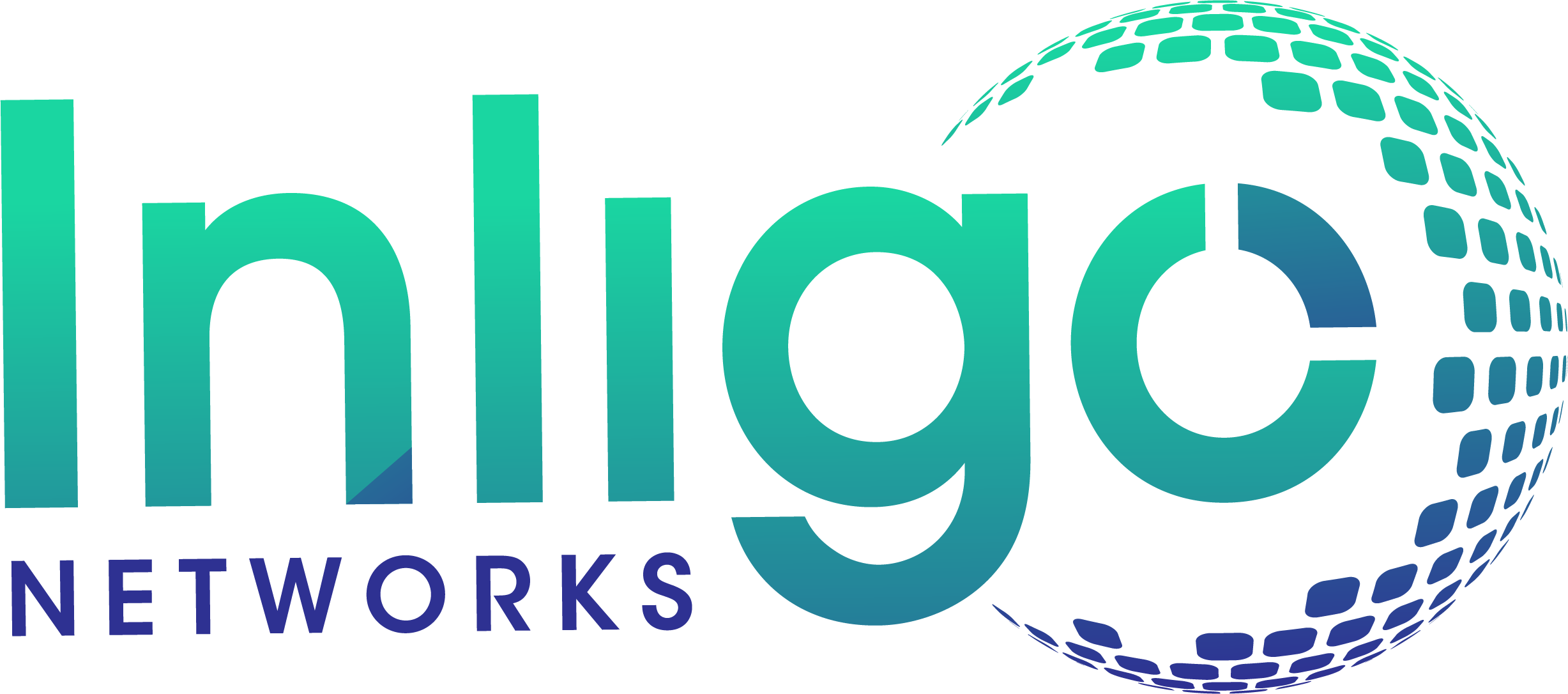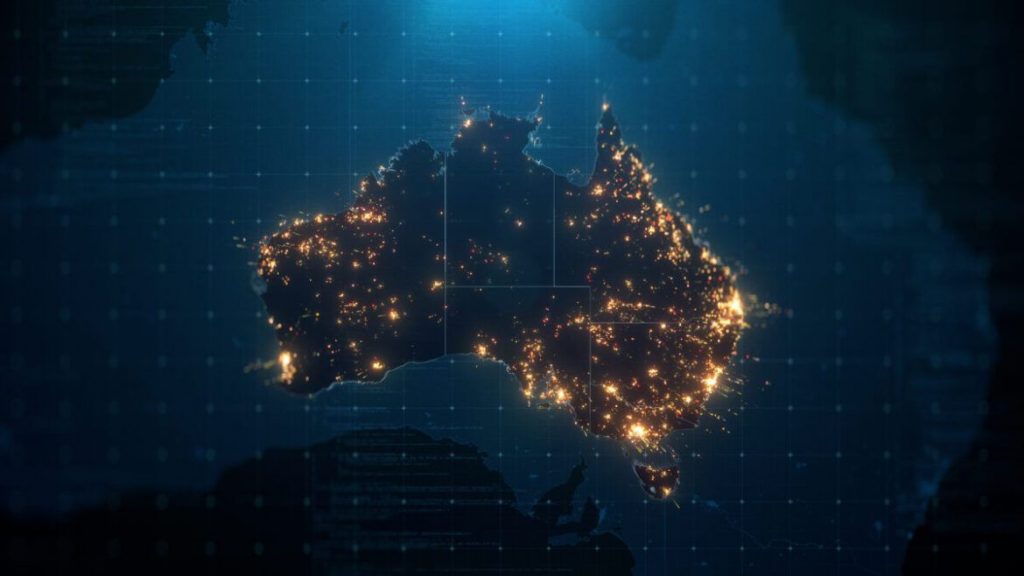With demand for cloud computing, artificial intelligence (AI), and digital services exceeding demand profiles, the data centre industry is expanding rapidly.
Melbourne is emerging as a major hub in the Asia Pacific region, attracting global investment and reshaping the nation’s economic future. In the last week NextDC have announced a major AI based data centre development in Fishermans Bend.
Australia’s leading data centre-as-a-service provider, today announced a $2 billion (AUD) commitment to develop M4 Melbourne — a next-generation digital campus at 127 Todd Road, Port Melbourne. M4 will feature an AI Factory, Mission Critical Operations Centre, and Technology Centre of Excellence. Purpose-built for sovereign AI, HPC, advanced manufacturing and deep tech, the campus strengthens Australia’s competitive edge across the Five Eyes and positions Victoria as a national digital infrastructure hub.
This demand for data centre capacity and with it telecommunications capacity is a cornerstone of the Unite Cable System development Inligo is undertaking through 2024-2027. Inligo has already commenced the delivery of the national cable system (Stage 1) between Darwin and Adelaide and Adelaide and Melbourne (Stage 1A). Stage 2 of the project connects Darwin/Adelaide to Canberra and Sydney providing a low latency high capacity route between the major markets of Sydney and Melbourne to Darwin and through emerging international cables to Asia on what will become one of the fastest growing international telecommunications routes in Australia.
Australia’s data centre capacity is set to more than double, jumping from 1,350 MW in 2024 to 3,100 MW by 2030. This requires an estimated $26 billion in investment and with it major investments in telecommunications networks.
The completion of international subsea cables into Darwin in Australia’s north with the ability to carry telecommunications traffic south to the major markets of Melbourne and Sydney will further underpin development of Data Centres in Australia. With land prices more affordable in Darwin when compared to other locations such as Melbourne or Sydney, Inligo expects a pipeline of data centre developments in Darwin to take shape later this decade.
Inligo sees an emerging new set of routes between Asia and Australia’s largest markets in the south of the country. Historically Oceania to Asia internet traffic has been routed to Perth in Australia’s west and onward to Singapore and South East Asia. Over the past several years data centre development has emerged in Indonesia, the Philippines and Malaysia. The establishment of Darwin as a major international gateway (including Inligo’s investment in Darwin One our International Cable Landing Station), a new shorter route between Australia and Asia will emerge providing much needed digital capacity to Asia but on a reduced latency basis.
The development of new and larger international subsea cable gateways in Darwin, Melbourne and the Sunshine Coast in Queensland will provide much needed and overdue resilience to Australia’s international telecommunications architecture. If the data on new subsea cables is correct the total number of international subsea cable pairs planned into the three locations stated is higher than Sydney and Perth capacities.
In terms of the development of Data Centres in Australia, Melbourne is leading the charge, with nearly three-quarters of the 183,000sqm of new supply currently under construction concentrated in the city. A combination of land constraints in traditional hubs and a shift toward hyper-scale data centres is driving this transformation.
Only recently Canberra Data Centres (CDC) announced development of their two data centre locations in Melbourne with commitment of 780MW+ capacity.
With the announcement of several large international subsea cables connecting directly to Melbourne, network diversity between Melbourne, New Zealand, the United States and Melbourne with South East Asia (via Perth), will be possible and welcomed. Darwin will emerge over the next few years as the new gateway to Asia.
Darwin and Melbourne and the Sunshine Coast in Queensland are the new International cable hubs for Australia with Melbourne playing a pivotal and at times leading role due to its population growth and the development of AI Centres.
In 2025, nearly 75% of all new data centre developments in Australia were based in Melbourne.

